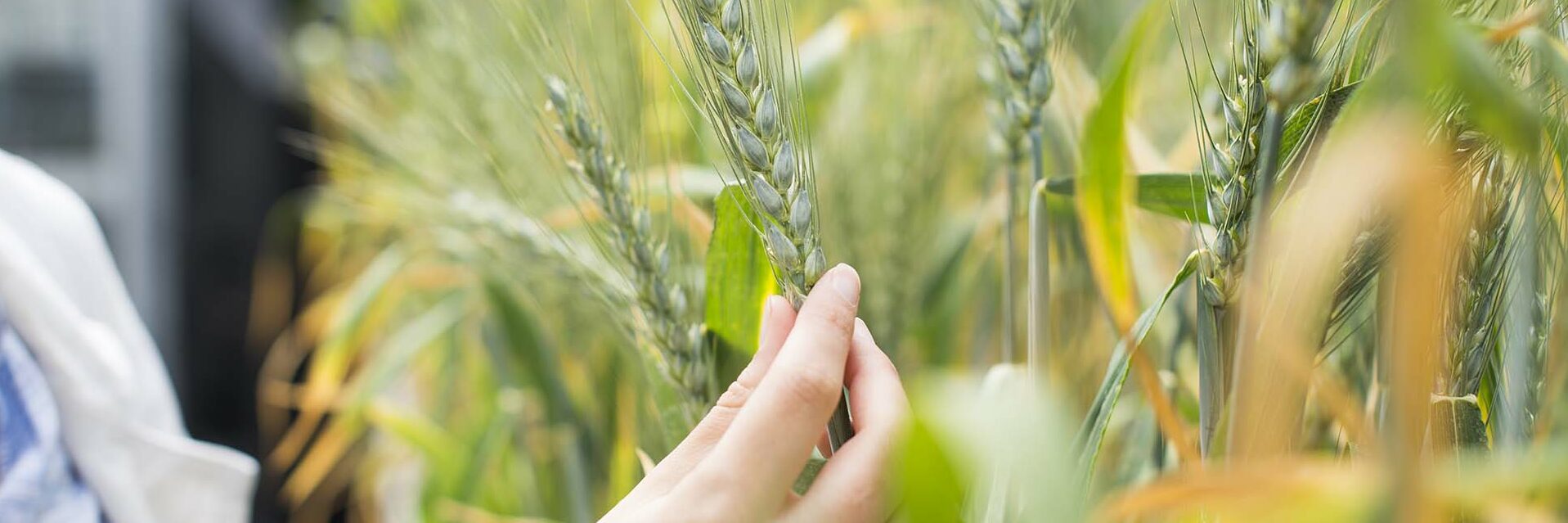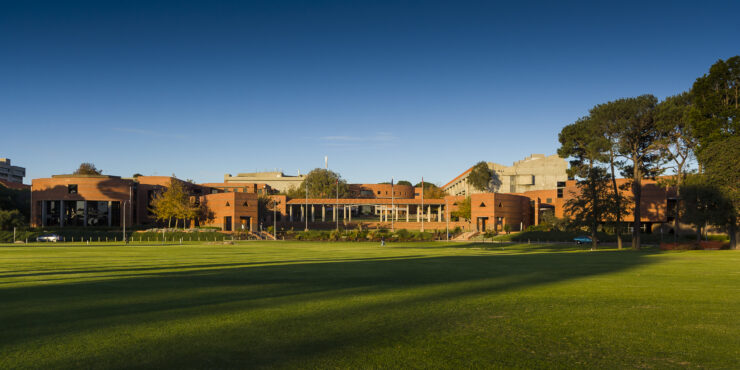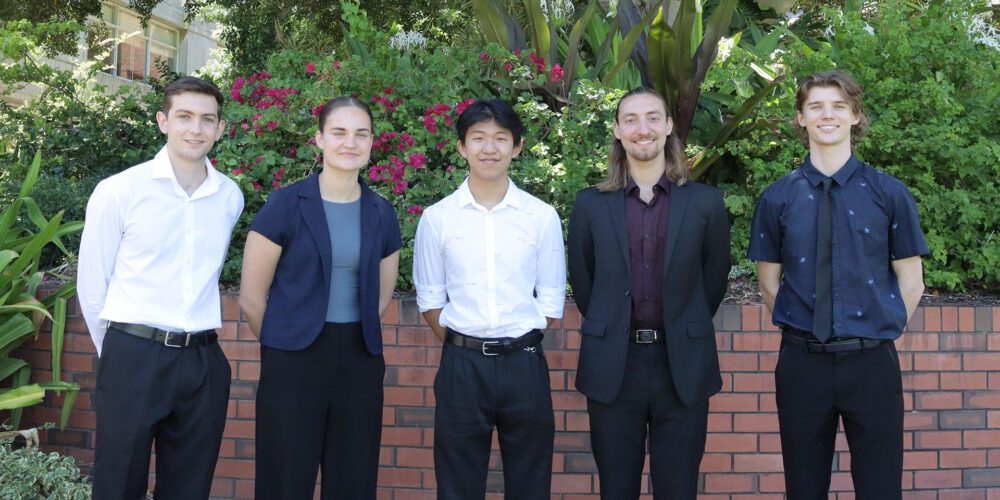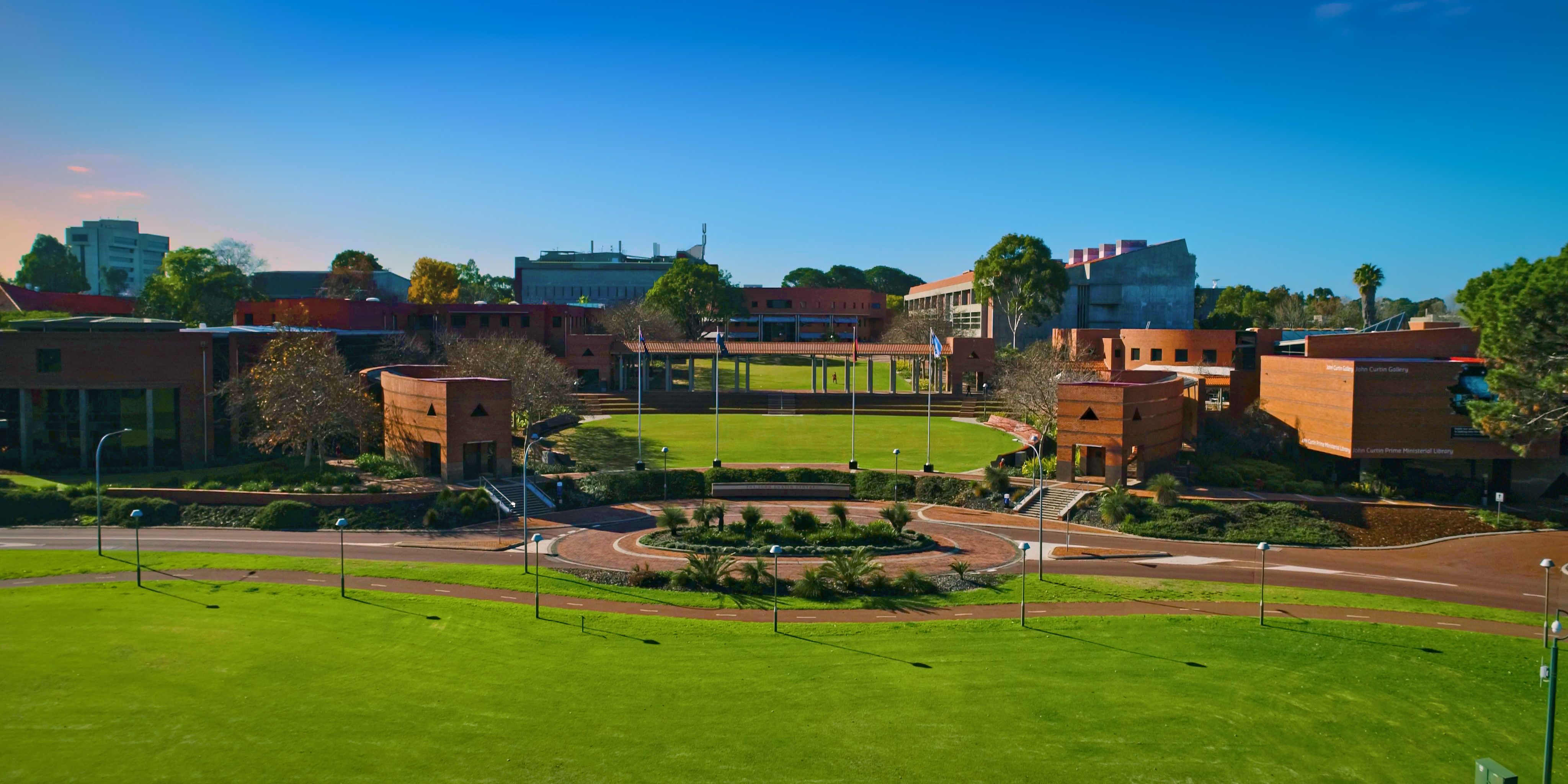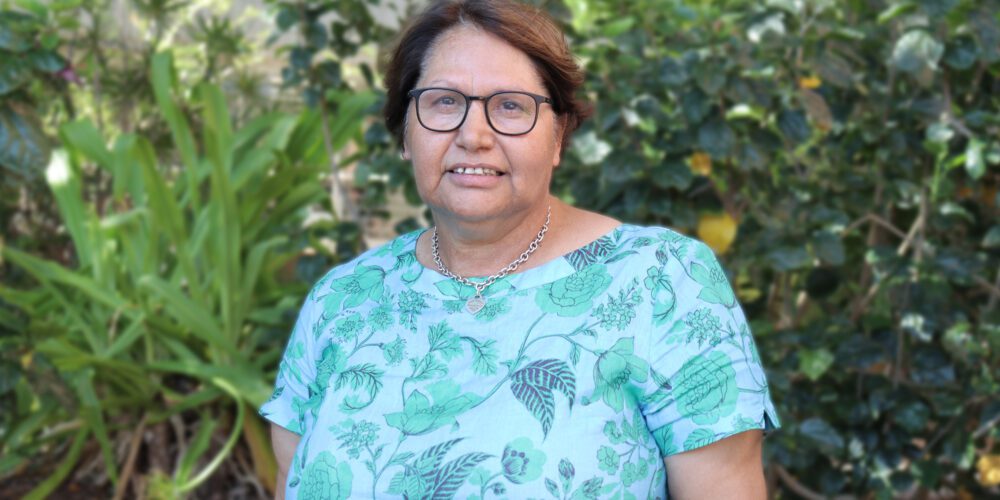Our research is focused on understanding, protecting and enhancing the systems that enable life on Earth.
At Curtin’s School of Molecular and Life Sciences, we conduct research across agriculture and food science, chemistry and ecology. Our multidisciplinary experts are harnessing technology and data to optimise Australia’s agricultural production, future-proofing our food supply chains and formulating strategies to combat crop disease and improve soil health.
Our research is also playing a leading role in mine site restoration, developing practical ways to preserve the fragile ecosystems that sustain Australia’s diverse flora and fauna.
Our strengths
Crop management and disease prevention
The Centre for Crop and Disease Management is providing Australian farmers with solutions to tackle diseases of wheat, barley, canola and pulses. A co-supported initiative with the Grains Research and Development Corporation, the centre is reducing the economic impact of crop disease by preventing fungicide resistance, improving farming systems, and building disease resistance through breeding.
Learn more:
Digital agriculture technology
Curtin University Malaysia has a strong research focus on digital innovation to improve the agriculture sector, through the development and/or application of algorithms, signal processing and AI; remote sensing and GIS; cloud computing and 5G/6G connectivity; and cybersecurity and digital watermarking. The research program is supported by the Malaysian government and the Sarawak Digital Economy Corporation, and will be further strengthened through the Curtin Malaysia Centre for Digital Innovation.
The research team has developed a new technology to quickly authenticate the quality and provenance of ground black pepper. Sarawak’s black pepper is a premium product, however it is often illicitly adulterated with cheaper substances. To address the industry problem, researchers have combined hyperspectral imaging with an image analyser and classifier that detects adulterants and determines the provenance of samples. Currently known as AgriSmartEye, the technology also has the potential to detect adulteration in other produce, including sago, vanilla and coffee.
Learn more
eDNA and biodiversity
Our researchers are unlocking the potential of eDNA to develop efficient, long-term strategies to restore degraded landscapes, increase biodiversity and safeguard against invasive species. Our eDNA analysis is transforming environmental assessment practices in the shipping, port management, oil and gas, and conservation industries.
Learn more
Food security
Our food science and technology researchers are investigating how to improve the functional, nutritional and health qualities of food while meeting the demands of the global market. We’re partnering with industry to develop innovative solutions, including unlocking the proteins in lupin seeds, turning seed waste in diabetic treatment and using data to build resilience in our agrifood supply chains.
Learn more:
Marine science
Enhancing conservation and marine resource management, researchers in Curtin’s Centre for Marine Science and Technology are using sonar and acoustic technology to survey seafloors, monitor ocean noise and determine the effects of underwater noise on marine animals.
Learn more:
Soil and landscape science
At the Biovalley Pilot Plant at Curtin University Malaysia, several teams are conducting research in areas of bioprocessing. One area is using a supercritical fluid extraction technique for plant bio-products with nutraceutical properties. These include local native plants: dabai, gaharu and black pepper, as well as Omani frankincense resin – all which have potential for commercial production for use in biomedical, pharmaceutical, perfumery and cosmetic products. The focus of other industry projects at the plant range from safer fungicides to biodegradable polymers and biodiesel production.
